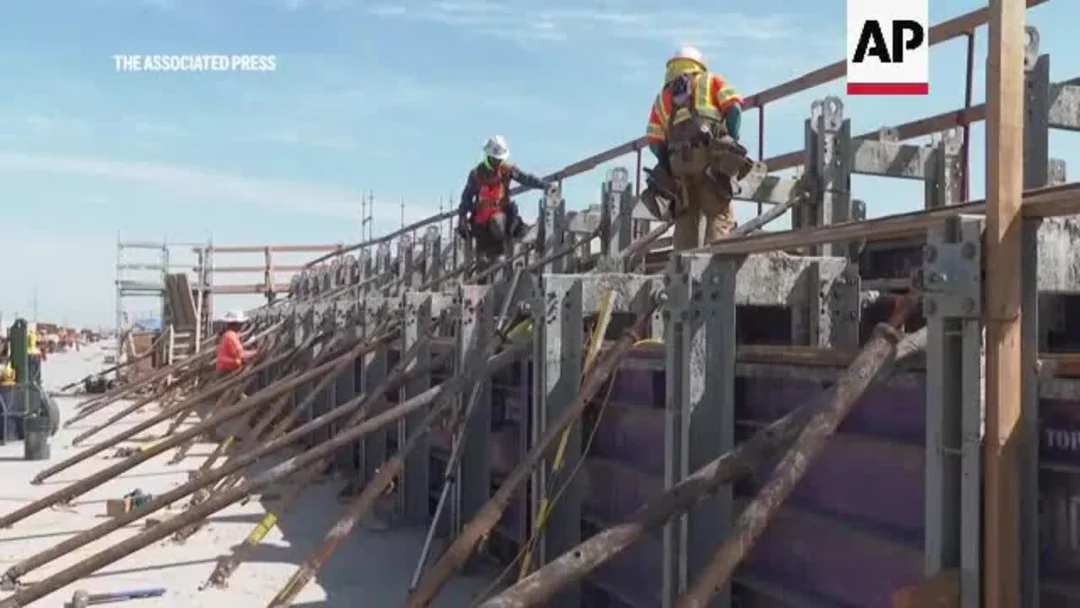
Will California’s High-Speed Rail Revolution Be Derailed by Budget Battles?
In the heart of California's ambitious infrastructure plans, the high-speed rail project is facing significant hurdles that could reshape its future. Originally envisioned as a bullet train linking Los Angeles to San Francisco by 2020, the project has encountered delays, cost overruns, and now, proposals to scale back key elements. This development raises critical questions about the state's ability to deliver on its promises amid tightening budgets and political scrutiny.
At the core of the controversy is the California High-Speed Rail Authority's decision to downsize massive stations in the Central Valley, including the prominent Fresno station. Officials, led by Director of Planning and Sustainability Margaret Cederoth, have reviewed designs and determined that earlier plans were oversized for initial operations. "We found that previous track alignments yielded a station size that was a little bit oversized for what we needed for the first several decades," Cederoth explained during a recent board meeting. This downsizing aims to focus resources on essential infrastructure for early service between Merced and Bakersfield, projected to launch between 2030 and 2033.
However, this pivot has sparked concerns over the project's financial viability. Board members like James Ghielmetti and Martha Escutia have voiced alarms about potential withdrawal of federal funding under the Trump administration. With roughly $14 billion already spent—82% from state funds and 18% from federal sources—the authority is scrambling to secure additional investments. CEO Ian Choudri emphasized the need for public-private partnerships, stating that completing the project could take another two decades with the right support. Critics, including Republican Congressman Kevin Kiley, argue that the funds could be better allocated to existing infrastructure, calling the project a misallocation of resources.
Despite these challenges, progress is evident in the Central Valley. Construction on key structures, such as the Hanford Viaduct, is underway and expected to finish by 2026. Toni Tinoco, the Central Valley Deputy Regional Director, highlighted achievements like completing over 50 structures and creating more than 15,000 jobs. Yet, audits reveal budget shortfalls and delays due to lawsuits under the California Environmental Quality Act. Democratic Senator Dave Cortese supports the project, viewing it as an economic stimulus, but warns that $7 billion must be secured by next summer to keep it on track.
This downsizing and funding debate underscores a broader tension: balancing ambitious visions with practical realities. By streamlining designs, the authority hopes to ensure safe, efficient service while allowing for future expansions. Still, questions linger about whether these changes will compromise the project's transformative potential for California's economy and environment.
In summary, California's high-speed rail project represents a bold step toward modern transportation, but ongoing financial and design adjustments could redefine its scope. Will innovative partnerships salvage this dream, or will budget woes lead to further setbacks? We invite readers to share their thoughts in the comments below—do you see this as a necessary recalibration or a step backward?